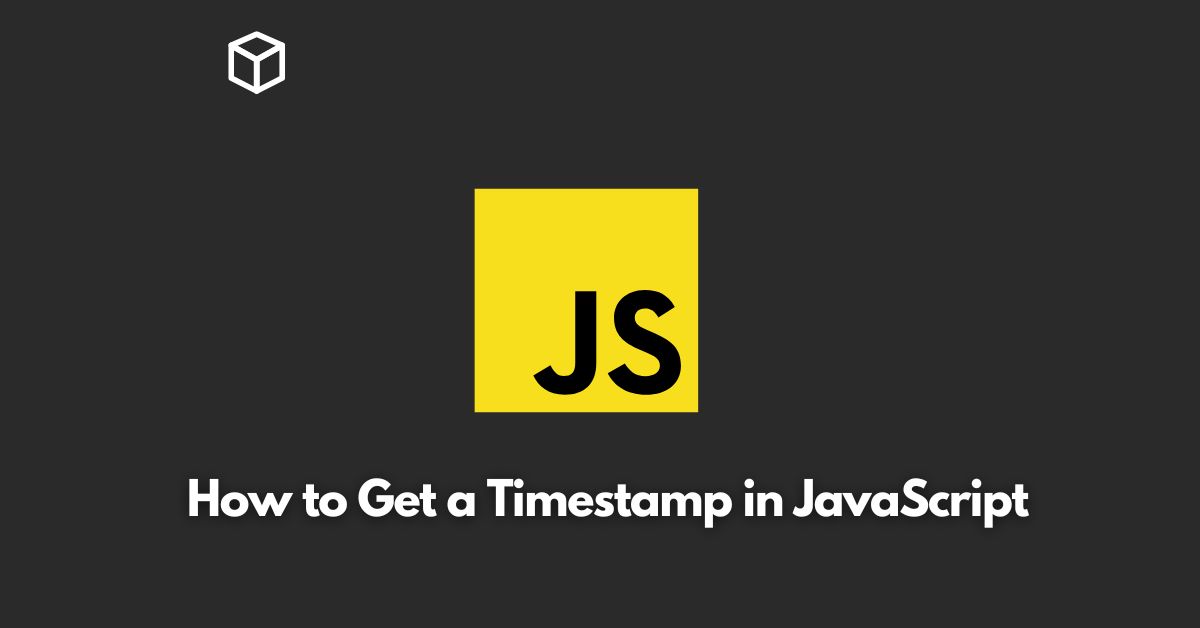Timestamps in JavaScript are used to represent a specific point in time, typically expressed in milliseconds or seconds since the Unix epoch (January 1, 1970 00:00:00 UTC).
In this Javascript tutorial, we’ll explore various ways to get timestamps in JavaScript.
Creating a Timestamp in JavaScript
JavaScript provides the Date object to work with dates and times.
You can create a new Date object and use its .getTime() method to get the timestamp in milliseconds.
Here’s an example:
let now = new Date(); let timestamp = now.getTime(); console.log(timestamp);
Another way to get the timestamp is to use the Date.now() method, which returns the current time in milliseconds since the Unix epoch.
Here’s an example:
let timestamp = Date.now(); console.log(timestamp);
Converting a Timestamp to a Date
If you have a timestamp, you can convert it to a Date object using the new Date(timestamp) constructor.
Here’s an example:
let timestamp = 1609459200000; let date = new Date(timestamp); console.log(date);
Formatting Timestamps
By default, the Date object provides a string representation of the date and time in the format “Thu Jan 01 1970 00:00:00 GMT+0000 (Coordinated Universal Time)”.
You can use the .toLocaleString() method to format the timestamp to a more human-readable format.
Here’s an example:
let now = new Date(); let formattedTimestamp = now.toLocaleString(); console.log(formattedTimestamp);
Conclusion
In this tutorial, we have learned various ways to get timestamps in JavaScript using the Date object.
We have also seen how to convert a timestamp to a Date object and format it to a more readable format.
Timestamps are an important aspect of working with dates and times in JavaScript and can be used in various applications to track time-sensitive events.




